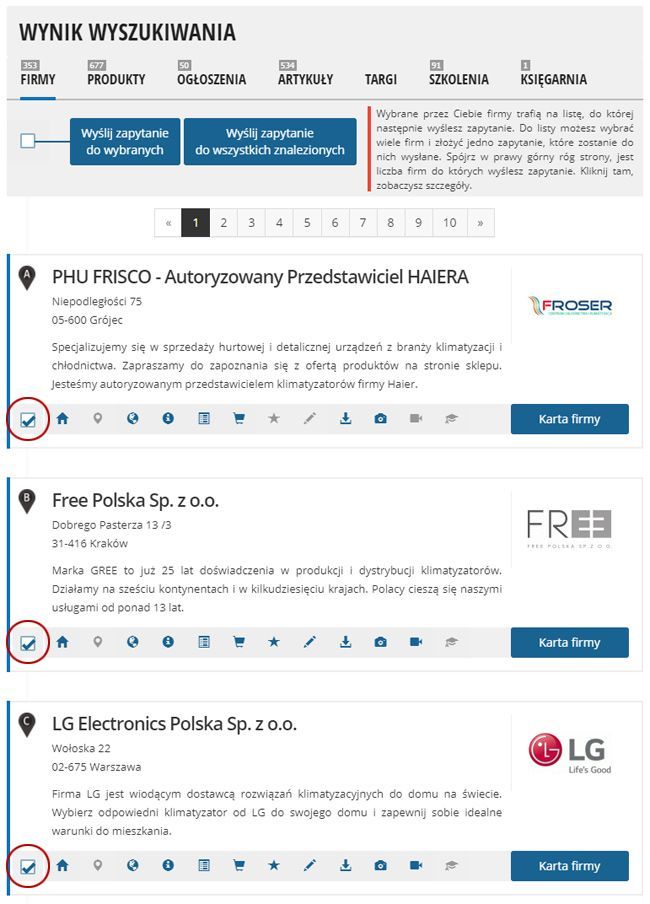What are Core Web Vitals?
Google’s page ranking systems have evolved more and more over the years. What the implementation of Core Web Vitals will mean for webmasters? What are the new metrics? Will they have a decisive impact on the position of our site in search results?
What exactly are Core Web Vitals?
The indicators in question will be designed to replicate as closely as possible the real experience of a user visiting our website. In short, they will be a multi-tasking algorithm, examining the loading efficiency of the various elements of the site. Additionally, unlike the data analyzed by tools such as GTMetrix, Core Web Vitals will focus on taking separate measurements for each aspect of our site that affects the user experience and security of the information contained therein. In addition to the coefficients related to loading speed, we also have in mind here such elements as:
– having appropriate security certificates (connection via HTTPS),
– the absence of pop-ups, displayed within the site,
– new metrics for site quality and usability for users.
Core Web Vitals Indicators
Core Web Vitals consists of a set of indicators that monitor the overall performance of our website. These include:
LCP (Largest Contentful Paint) – how quickly our site appears to the user’s eyes?
The LCP indicator will test the loading efficiency of the various visual elements of our site. This parameter indicates the time it takes to render the largest graphic/text element in the viewport. The optimization of CSS and JavaScript or the efficiency of the server we use will also remain important here. A good way to optimize the parameter will be to convert image files to Google’s recommended formats, such as JPEG 2000, JPEG XR or WebP. It should also be added that Google recommends that this factor should not exceed 2.5 seconds.
FID (First Input Delay) – at what time the site becomes interactive?
The second indicator is primarily concerned with those pages that contain any kind of registration forms, login or e-commerce sites. It measures the amount of time that elapses between a user clicking on a particular element of a website (e.g. link or button) and the actual moment the site processes that action. In order to improve the parameter, it is worth disabling all unnecessary plug-ins in the website interface, as well as optimizing JavaScript functions for maximum performance. Google’s recommendations for the FID rate indicate that it should not exceed 100ms.
CLS (Cumulative Layout Shift) – Page stabilization time
The last of the indicators examines the interval after which a user will see the final, fully loaded version of our website. The CLS value is determined by the maximum displacement of individual page elements from the moment the link is launched until the site is fully stable. A good practice to prevent such discrepancies, for example, is to use the parameter size With respect to the media placed on the site. A score of less than 0.1 is considered good by Google.
How the implementation of Core Web Vitals will affect page rankings?
The answer to this question depends on what stage of optimization the other aspects of our site are at. Google, presenting the above coefficients, stresses that in addition to loading efficiency, an important criterion for selecting the top-ranked sites will also remain their content value, measured by the behavior of Internet users visiting the site.
In many cases, however, Core Web Vitals can affect our position in the search engine. If we want to make sure that the site we are running will benefit the most from the introduction of the mechanism – it is worthwhile even before it is implemented to turn to professionals, such as SEO/SEM Marketing Match agency, who will help us refine the various technical aspects of our site.
Starting as early as 2021, Core Web Vitals parameters will directly affect the ranking position of sites cataloged in Google. Therefore, it is worthwhile to optimize your site as soon as possible for the aforementioned guidelines, so that the algorithm can assign it a higher search engine position from the day it is implemented.


